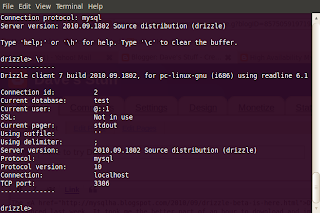Some of you in the MySQL world may have missed FAQ: Sun Certifications and Oracle-Branded Certificates from the Oracle Certification Blog. The synopsis is that anyone earning a MySQL certification before September 1st will be a SUN Certified MySQL {associate|DBA|Cluster DBA|Developer}. And starting September 1st you will be an ORACLE Certified MySQL {associate|DBA|Cluster DBA|Developer}. There is no need to replace your old certificates to get the Oracle branding and will continue to be recognized under the Oracle certification program and will be valid without expiration.
Want a new certificate anyway? Well, Oracle is planning an upgrade path in the future. Please see the linked article above for details.
I am a MySQL Community Manager. Part of the job is working with you to help define MySQL future. Please feel free to let me know where you want MySQL to be next month, next year, and next decade. And the views expressed on this blog are my own and do not necessarily reflect the views of Oracle.
Thursday, October 21, 2010
Tuesday, October 5, 2010
Time to try Drizzle
The Drizzle Beta was announced last week. It took me the better part of an hour to download and install Drizzle, mainly apt-geting packages not on the fresh install of Ubuntu I was using. Be sure to read the Drizzle Wiki on how to start Drizzle after building.
Anyone who has built MySQL or Postgres from source can build Drizzle. Anyone who has not done so needs to pay attention to the output of the make command and read through the documentation.
The default storage engine is the InnoDB plugin. The client program (pictured) will look familiar to MySQL-ers. Drizzle worked as expected on the simple tasks it perform. And now that I have driven it around the block, I will have to take it for a longer trip this weekend.
So if you have a few spare cycles and are curious, give Drizzle a spin.
Anyone who has built MySQL or Postgres from source can build Drizzle. Anyone who has not done so needs to pay attention to the output of the make command and read through the documentation.
The default storage engine is the InnoDB plugin. The client program (pictured) will look familiar to MySQL-ers. Drizzle worked as expected on the simple tasks it perform. And now that I have driven it around the block, I will have to take it for a longer trip this weekend.
So if you have a few spare cycles and are curious, give Drizzle a spin.
Subscribe to:
Comments (Atom)
